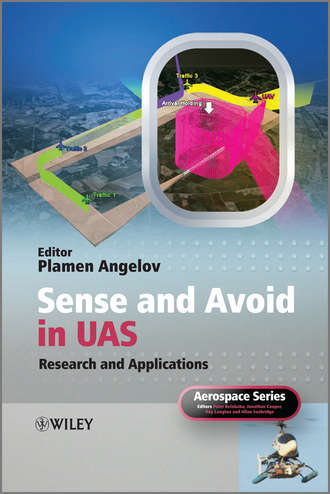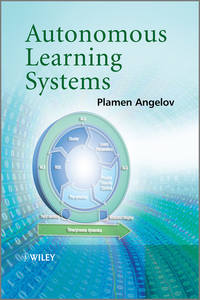
Полная версия
Sense and Avoid in UAS. Research and Applications
There is increasing interest in the potential of UAV (Unmanned Aerial Vehicle) and MAV (Micro Air Vehicle) technology and their wide ranging applications including defence missions, reconnaissance and surveillance, border patrol, disaster zone assessment and atmospheric research. High investment levels from the military sector globally is driving research and development and increasing the viability of autonomous platforms as replacements for the remotely piloted vehicles more commonly in use. UAV/UAS pose a number of new challenges, with the autonomy and in particular collision avoidance, detect and avoid, or sense and avoid, as the most challenging one, involving both regulatory and technical issues. Sense and Avoid in UAS: Research and Applications covers the problem of detect, sense and avoid in UAS (Unmanned Aircraft Systems) in depth and combines the theoretical and application results by leading academics and researchers from industry and academia. Key features: Presents a holistic view of the sense and avoid problem in the wider application of autonomous systems Includes information on human factors, regulatory issues and navigation, control, aerodynamics and physics aspects of the sense and avoid problem in UAS Provides professional, scientific and reliable content that is easy to understand, and Includes contributions from leading engineers and researchers in the field Sense and Avoid in UAS: Research and Applications is an invaluable source of original and specialised information. It acts as a reference manual for practising engineers and advanced theoretical researchers and also forms a useful resource for younger engineers and postgraduate students. With its credible sources and thorough review process, Sense and Avoid in UAS: Research and Applications provides a reliable source of information in an area that is fast expanding but scarcely covered.



